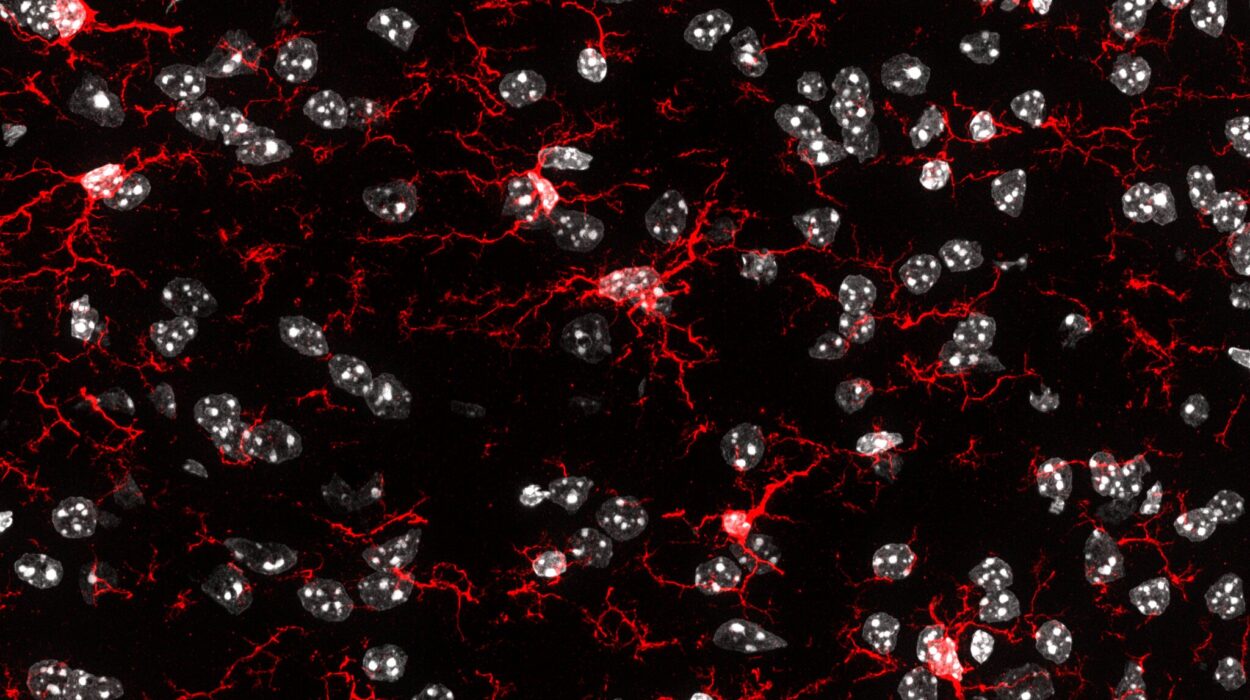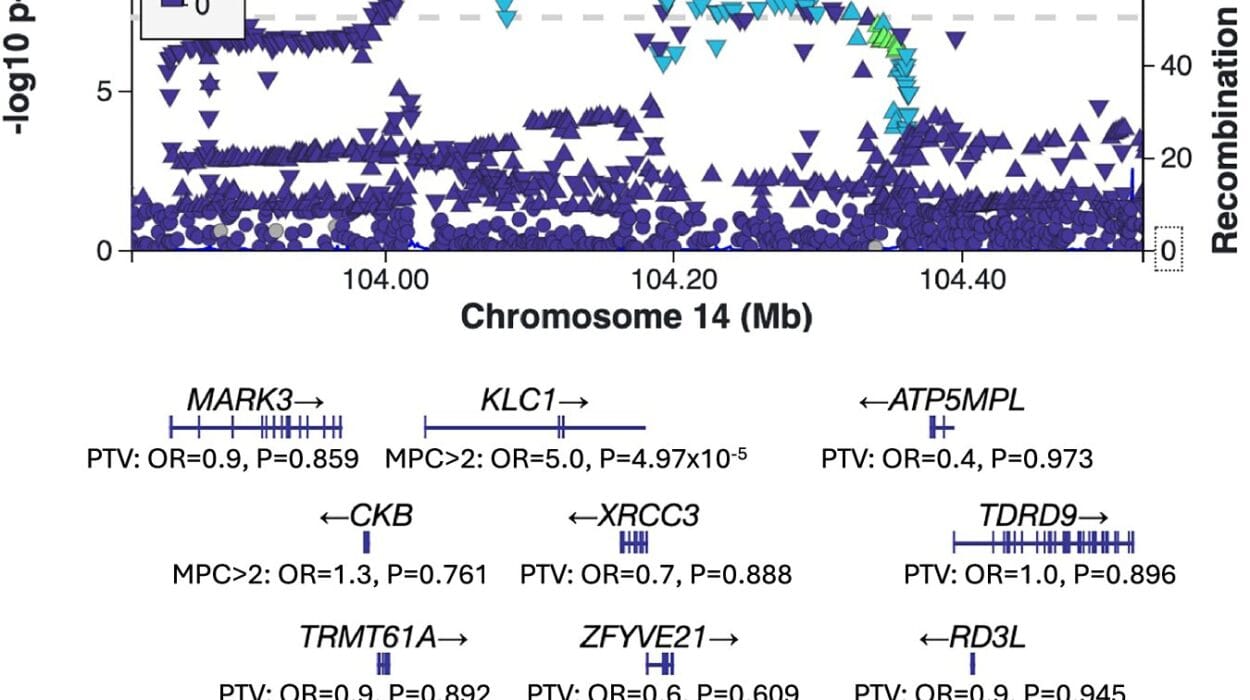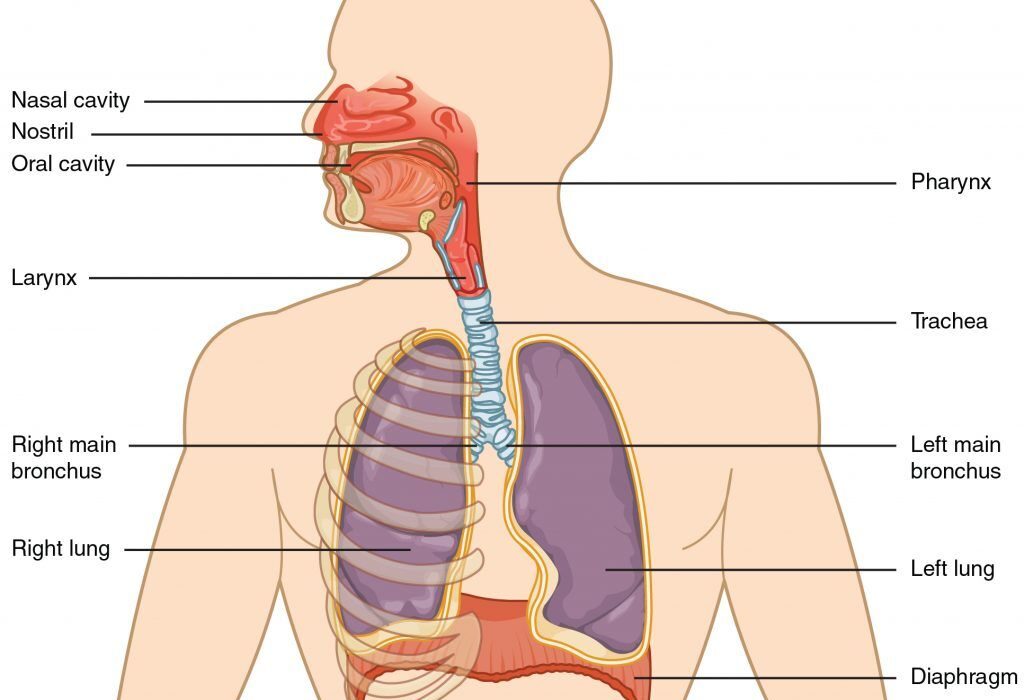In the realm of human neurodiversity, few diagnoses stir as much discussion, hope, and frustration as autism spectrum disorder (ASD) and attention-deficit/hyperactivity disorder (ADHD). For families navigating the maze of education, mental health, and behavioral therapy, these conditions are more than labels—they’re lived realities that shape how children and adults engage with the world. Although ASD and ADHD are often discussed as separate diagnostic entities, their frequent co-occurrence has long raised a provocative question: are these disorders distinct in the brain, or do they represent variations on a shared neurobiological theme?
A landmark study conducted by researchers at the National Institutes of Health and King’s College London has brought new clarity to this complex question. Published in Nature Mental Health, the study offers the largest comparative analysis to date of brain connectivity patterns in children and adolescents with ASD and ADHD. Using data from more than 12,000 participants, the research paints a striking picture: despite their surface-level similarities and frequent co-diagnosis, autism and ADHD light up the brain in surprisingly different ways.
The Diagnostic Crossroads
Autism and ADHD are among the most prevalent neurodevelopmental conditions globally. Autism is estimated to affect roughly 1–3% of the population, while ADHD is more common, affecting 5–7%. Although the hallmark symptoms of each condition are distinct, overlap in their behavioral presentations has led clinicians and researchers alike to wonder whether they spring from common biological roots.
ASD is typically characterized by difficulties in social communication, repetitive behaviors, and a heightened sensitivity to sensory input. Autistic individuals may avoid eye contact, struggle to interpret facial expressions, or feel overwhelmed by sounds and lights most people barely notice. ADHD, on the other hand, is defined by inattention, impulsivity, and hyperactivity. Children with ADHD may have trouble sitting still, completing tasks, or resisting the impulse to speak out of turn.
Yet these disorders often co-exist. It’s estimated that up to 70% of individuals diagnosed with autism also exhibit symptoms of ADHD. That fact alone suggests some kind of shared neurological scaffolding. But is the overlap real, or merely superficial?
Zooming In on the Brain
To dig deeper, researchers led by neuroscientists Luke J. Norman and Gustavo Sudre conducted what’s known as a mega-analysis—a type of statistical examination that combines raw data from multiple large-scale studies to detect patterns too subtle to see in smaller samples. Their team analyzed functional MRI (fMRI) data from 10,168 children and teens (ages 6 to 19), supplemented by diagnostic information from more than 2,000 individuals with confirmed ASD or ADHD, and thousands more considered neurotypical.
fMRI doesn’t just snap still pictures of the brain—it captures dynamic changes in blood flow, which researchers use as a proxy for neural activity. In particular, the study looked at resting-state functional connectivity, the natural rhythm of communication between different regions of the brain when a person is not engaged in any particular task. These patterns are crucial for understanding how different brain networks “talk” to one another in health and disease.
The findings were illuminating—and in some ways, surprising.
Two Conditions, Two Connectomes
Although ASD and ADHD often manifest together, their neural wiring diagrams tell different stories. The researchers found that autism was associated with reduced connectivity between several key brain regions and networks. This included the thalamus—a major relay center for sensory and motor signals—the putamen, involved in motor control and learning, and large-scale systems like the salience network, ventral attention network, and frontoparietal control network, which govern social attention, self-awareness, and executive function.
In contrast, individuals with ADHD showed the opposite pattern: increased functional connectivity between many of these same regions. In effect, where the autistic brain featured quieter cross-talk between brain areas, the ADHD brain was louder and more interconnected.
“Autism traits and diagnosis were associated with reduced connectivity between the thalamus, putamen, salience/ventral attention and frontoparietal networks, whereas ADHD traits showed the opposite pattern,” the authors wrote.
One surprising area of overlap did emerge: both autism and ADHD were linked to hyperconnectivity between the default mode network (DMN) and the dorsal attention network (DAN)—two major players in internal versus external attention. The DMN governs inward-focused thought, such as daydreaming or recalling memories, while the DAN handles attentional focus on the external world. These systems usually operate in a reciprocal balance, like a seesaw. In both ASD and ADHD, that balance appears to falter, potentially explaining issues like distractibility or difficulty shifting attention.
Yet despite these similarities, the overall neural signatures of ASD and ADHD were distinct. And the differences weren’t dramatic—effect sizes were small, the researchers noted—but they were consistent and statistically robust. This nuance is important: even small differences in brain connectivity can help explain the subtle, yet real, distinctions in behavior and cognition between people with ASD, ADHD, both, or neither.
Implications Beyond the MRI Scanner
These findings do more than advance the science of brain connectivity. They hold practical significance for how we diagnose, treat, and support individuals with autism and ADHD—particularly those who fall into the gray zone where symptoms blur the boundaries between both conditions.
For decades, clinical tools have been limited in their ability to distinguish ADHD from autism, especially in younger children. Overlapping symptoms—such as trouble focusing, social awkwardness, or impulsivity—can muddy diagnostic waters. By identifying distinct neurobiological markers, studies like this one offer a foundation for more precise diagnostics. Eventually, neuroimaging or other biomarkers could supplement behavioral assessments, helping clinicians tailor interventions more effectively.
Moreover, these insights challenge outdated assumptions about comorbidity. Just because two conditions often co-occur doesn’t mean they stem from the same root cause. Think of ASD and ADHD not as two sides of the same coin, but as different instruments playing discordant notes in the same neurological orchestra.
That distinction matters deeply when it comes to intervention. Medications like stimulants, which are commonly prescribed for ADHD, don’t always work—or can even backfire—in autistic individuals. Likewise, social skills training designed for autistic youth may not address the attentional deficits faced by those with ADHD. Understanding the neural divergences between the two can lead to more targeted therapies, better outcomes, and a higher quality of life.
The Brain’s Hidden Conversations
This study also underscores a broader truth in neuroscience: that our brains are defined as much by their internal conversations as by their discrete parts. It’s not just what areas of the brain are involved, but how they interact—how they synchronize, compete, or fall out of step.
In both ASD and ADHD, the orchestra of the brain seems to play with different timing. In autism, the strings of attention and emotion may whisper instead of shout. In ADHD, the percussion of impulse and movement may drown out the melody of sustained focus. But in each case, the brain is not broken—it’s simply wired in a way that diverges from the neurotypical norm.
Understanding these differences is not about pathologizing neurodivergence, but about illuminating it. It’s about recognizing that the spectrum of human cognition is vast and variable, and that we need better tools—and more empathy—to navigate it.
What Comes Next?
While this study sets a new benchmark for scale and rigor, it also opens new doors. Future research may delve deeper into the developmental trajectories of these connectivity patterns. Are these differences present from birth, or do they emerge gradually? How do genetics and environment shape them? And how might they change in adulthood?
There’s also the question of gender. Both autism and ADHD have historically been underdiagnosed in girls and women, whose symptoms often manifest differently. Do their brain connectivity patterns differ as well? If so, current diagnostic frameworks may need a significant overhaul.
Finally, as neuroimaging technologies become more refined, scientists hope to move beyond group averages and toward individualized brain maps—a kind of neural fingerprint that could guide truly personalized medicine in psychiatry and neurology.
Conclusion: Toward a More Nuanced Understanding
In the end, what this research reveals is that co-occurrence is not convergence. Autism and ADHD may often be found together, but their neural fingerprints are not identical. They are, in essence, separate dialects of the same neurodevelopmental language—similar enough to confuse the listener, but distinct in rhythm, tone, and cadence.
For individuals living with ASD, ADHD, or both, these insights bring more than academic interest—they bring validation. They affirm that these conditions are not imagined, exaggerated, or reducible to bad behavior or parenting. They are grounded in the architecture of the brain, visible in the very signals that pulse through our neurons as we think, feel, and move.
By embracing the complexity of these conditions, science moves one step closer to something even more ambitious than understanding: acceptance. And in that journey, studies like this help us see not just the disorders, but the people behind them—each with their own unique brain, and their own extraordinary potential.
Reference: Luke J. Norman et al, Cross-sectional mega-analysis of resting-state alterations associated with autism and attention-deficit/hyperactivity disorder in children and adolescents, Nature Mental Health (2025). DOI: 10.1038/s44220-025-00431-5






